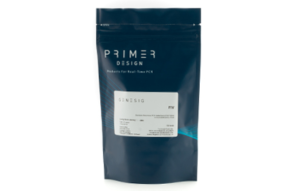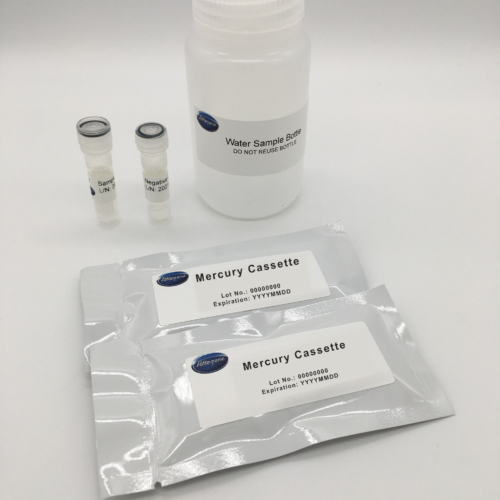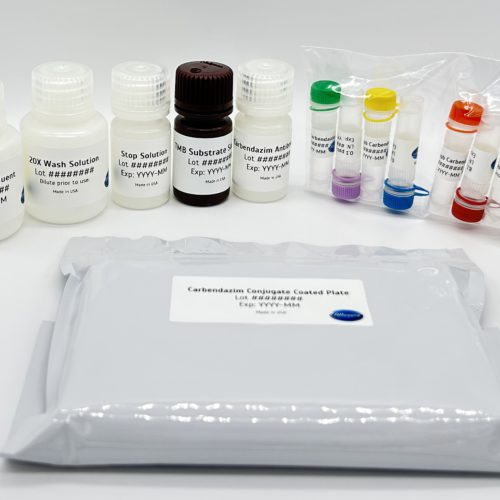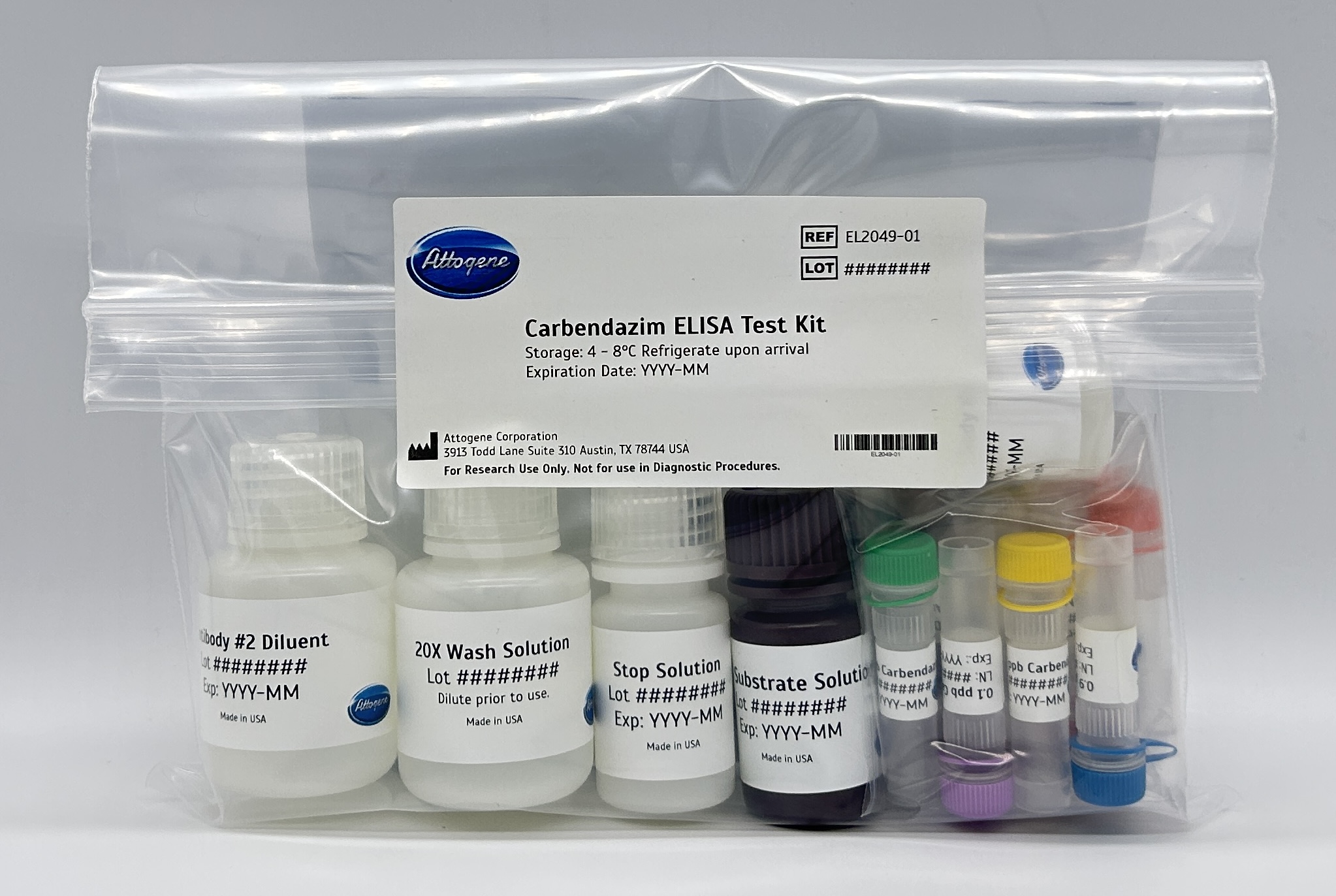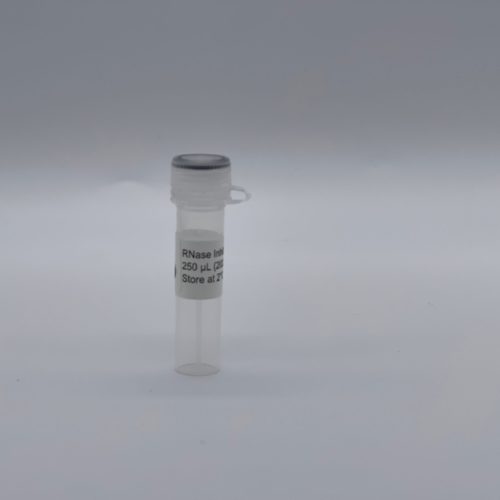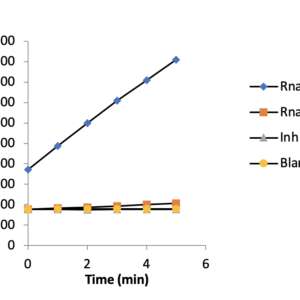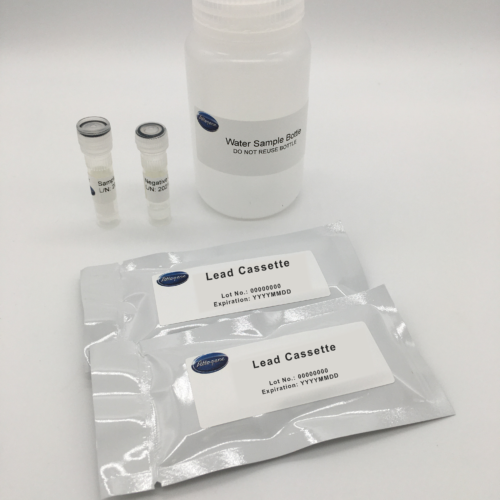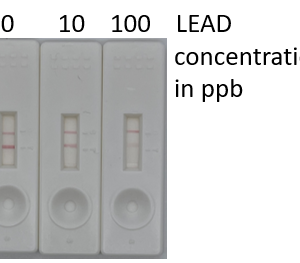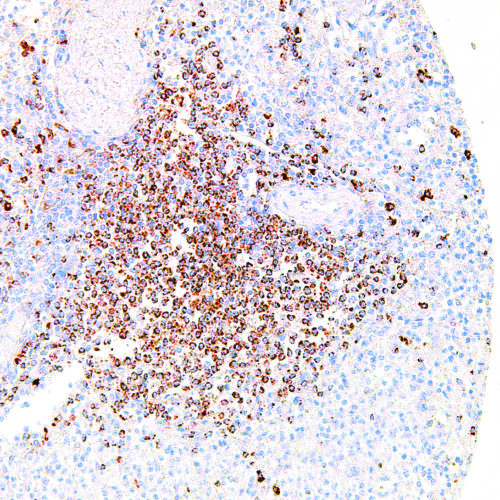High quality products to support Pathologists and Biological and Environmental Scientists
Hepatitis Delta Virus
$968.57Product features
- Exceptional value for money
- Rapid detection of all clinically relevant subtypes
- Positive copy number standard curve for quantification
- Highly specific detection profile
- High priming efficiency
- Broad dynamic detection range (>6 logs)
- Sensitive to < 100 copies of target
- Accurate controls to confirm findings
- 150 reactions
genesig® kits are sold for research use only and are not licensed for diagnostic procedures.
Hepatitis A Virus
$751.10 – $997.82Product features
- Exceptional value for money
- Rapid detection of all clinically relevant subtypes
- Positive copy number standard curve for quantification
- Highly specific detection profile
- High priming efficiency
- Broad dynamic detection range (>6 logs)
- Sensitive to < 100 copies of target
- Accurate controls to confirm findings
- 50 & 150 reactions
genesig® kits are sold for research use only and are not licensed for diagnostic procedures.
Norovirus Genogroups 1 & 2
$729.17 – $968.57Product features
- Exceptional value for money
- Rapid detection of all clinically relevant subtypes
- Positive copy number standard curve for quantification
- Highly specific detection profile
- High priming efficiency
- Broad dynamic detection range (>6 logs)
- Sensitive to < 100 copies of target
- Accurate controls to confirm findings
Carbendazim ELISA Kit
$456.88This kit can be used in quantitative and qualitative analysis of carbendazim residue in:
- Honey, Milk, Juice, and Rice
- Format: 96-well microtiter plate
RNase Inhibitor
$161.25- RNase Inhibitor (10,000 units)
- Concentration: 40 units/μL
- Volume: 0.25 mL
- Storage Conditions: Store at 2°C – 8°C
- Inhibits: RNases A, B, and C
- Supplied in: 1X PBS with 0.05% Sodium Azide.
GeneAb™ TIGIT
$161.25 – $731.00TIGIT is an immune receptor present on some T cells and Natural Killer cells. TIGIT binds with high affinity to the poliovirus receptor (PVR) which causes increased secretion of IL10 and decreased secretion of IL12B and suppresses T cell activation by promoting the generation of mature immunoregulatory dendritic cells. Through the CD226/TIGIT-PVR pathway, TIGIT regulates T cell mediated immunity. In cancer, TIGIT and PD-1 have been shown to be over-expressed on tumor antigen-specific CD8+ T cells and CD8+ tumor infiltrating lymphocytes (TILs) from individuals with melanoma. Blockade of TIGIT and PD-1 led to increased cell proliferation, cytokine production, and degranulation of tumour antigen-specific CD8+ T cells and TIL CD8+ T cells. It can be considered an immune checkpoint.
